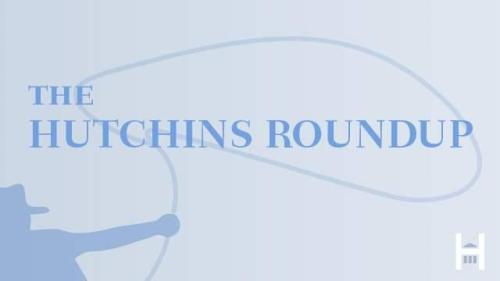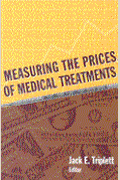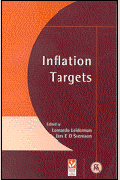Studies in this week’s Hutchins Roundup find that uncertainty related to Brexit has caused a slowdown in UK business investment, households rely on grocery price changes to influence their inflation expectations, and more.
Want to receive the Hutchins Roundup as an email? Sign up here to get it in your inbox every Thursday.
Persistent Brexit-related uncertainty causes slowdown in UK business investment
Using a monthly survey of several thousand U.K. firms, Nicholas Bloom of Stanford and co-authors from the Bank of England and Nottingham University find that, three years after the 2016 Brexit referendum, over half of the firms report Brexit as one of the top three drivers of uncertainty. Ongoing anticipation of Brexit has reduced UK investment by 11%. While initial forecasts predicted a large drop in investment in the first year and then a return to pre-referendum levels, the authors find that investment growth slowed in each subsequent year after the vote. This suggests that firms may not respond as rapidly to large shocks that lead to persistent uncertainty as they do to other shocks. Brexit has reduced U.K. productivity between 2% and 5% over the three years, they estimate, possibly because management is spending so much time on Brexit planning.
Households rely on grocery price changes to influence their inflation expectations
Francesco D’Acunto of Boston College and coauthors find that consumers use changes in the prices of groceries to form inflation expectations. Using individual household micro data, the authors estimate that a one standard deviation increase in the prices of goods in a household’s grocery basket leads to a 0.17% increase in expected inflation. Larger price changes have a stronger impact on expectations, making the expectations of infrequent shoppers, who tend to observe larger changes across shopping trips, more susceptible to the prices they see. Additionally, the authors find that individuals are most influenced by changes in the price of goods they purchase more frequently. Calculating prices using grocery items weighted by frequency of purchases, rather than share of total expenditure, increases the predictive value of grocery prices for inflation expectations by 20-40%. While policymakers sometimes focus on core inflation measures (which exclude food and energy), the authors argue that including food prices is important to understanding changes in households’ inflation expectations.
Consumers pay the price for Oakland’s sugar tax but don’t change their consumption
In 2017, Oakland, California introduced a tax of 1 cent per ounce on sugar-sweetened beverages—soda, energy drinks, sweetened iced tea, and juice drinks. Comparing the price changes in Oakland to nearby cities, John Cawley of Cornell University and coauthors estimate that 61% of the tax was passed on to consumers as higher prices. In addition, the tax made Oakland stores 14% less likely to carry the taxed beverages. But the increase in prices and reduction in availability had no substantial effect on the consumption of sweetened beverages for either adults or children. The authors speculate that price increases in Oakland may not have been large enough to induce substantial changes in behavior.
Chart of the week: World trade is shrinking at fastest rate since financial crisis
 Source: Financial Times
Source: Financial Times
“50 years ago, there was a close relationship between the level of slack, for example, the level of unemployment in the economy, and the level of inflation. That has gone away….And there are a number of possible candidate reasons for that. One of them is that central banks have kept inflation under control so much, so well for so long now, really particularly over the last 25 years, that inflation expectations are well and truly anchored. And therefore, inflation doesn’t go down much and it doesn’t go up much when the economy’s tight,” says Jerome Powell, Chairman of the Board of Governors of the Federal Reserve System
“There’s always a question of is there a steep portion of the Phillips curve? For example, is the problem not the slope of the Phillips curve, but that we’ve got the wrong estimate of the natural rate of unemployment. For example, maybe the labor market’s not as tight as we think, and it’ll get tighter, and suddenly we’ll hit this steep Phillips curve….Haven’t seen any evidence of it. I don’t think we know the answers to these questions. I think that’s why I think we have to use a huge dose of common sense and risk management in our policies.”











Commentary
Hutchins Roundup: Impact of Brexit on UK investment, household inflation expectations and more
September 12, 2019